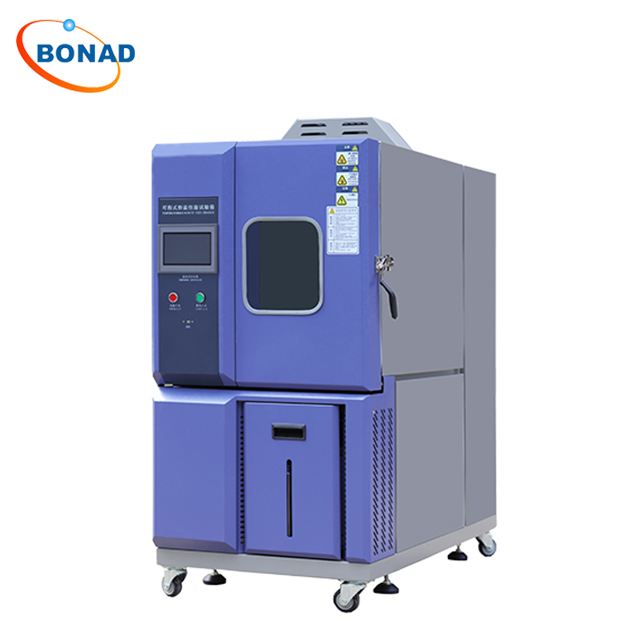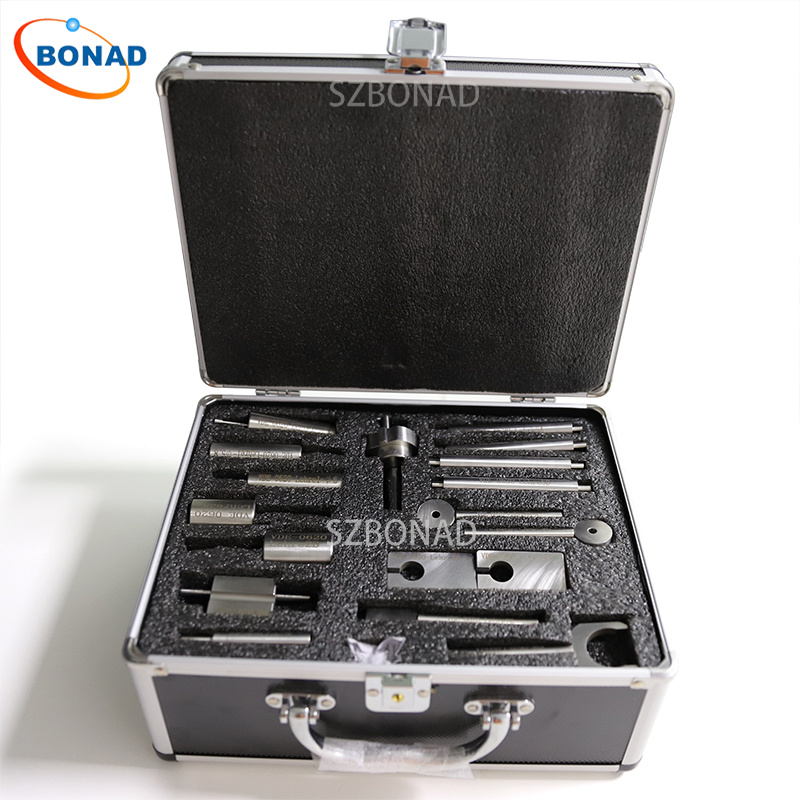A constant temperature test chamber is a critical tool for performing reliability assessments on industrial products. It mimics various temperature conditions to evaluate the performance metrics of diverse items, such as electronic devices, automotive parts, aerospace instruments, and marine weaponry.
The functionality of a constant temperature test chamber hinges on precise temperature regulation and control. Let’s explore how high-temperature control is achieved. The heating process is fundamental to reaching elevated temperatures within the chamber, which is relatively uncomplicated. Typically, far-infrared nickel-chromium alloy high-speed heating wires are used for this purpose. Temperature regulation is managed by a P-I-D + S-SR system to ensure accurate and efficient energy usage.
For low-temperature conditions, enhancing the number of heating wires and improving the performance of temperature control software are crucial for rapid heating and achieving desired temperatures. Additionally, the refrigeration system is vital for attaining low temperatures. This system usually includes a fully enclosed compressor unit from a French manufacturer, utilizing fluorine refrigerants for cooling. The operational principle follows the reversed Carnot cycle, where the refrigerant is compressed to higher pressure through the compressor and then exchanges heat with the surrounding medium via the condenser to achieve cooling.
In essence, the constant temperature test chamber transitions between high and low temperatures through the coordinated efforts of its temperature balance and control systems. During continuous operation, the control system uses PID automatic calculation to adjust heater output, ultimately achieving dynamic equilibrium and ensuring stable chamber performance.

Standard Operating Procedures for Constant Temperature Test Chamber:
- Power Connection: Begin by connecting to the user’s power source and turning on the power switch, typically located on the side panel of the control cabinet.
- Standby Check: Allow the chamber to run for at least 60 seconds and check for any phase sequence alarms.
- Cooling Water System: Activate the cooling water pump’s power switch and open both inlet and outlet valves for cooling water. Ensure that the drain valve is closed before opening. Monitor water pressure gauge readings at both inlet and outlet; ensure pressure ranges between 0.2~0.6Mpa with a pressure difference greater than 0.2Mpa. Also, ensure that water temperature does not exceed 28℃.
- Humidification Device Setup: If humidity control is needed, turn on both the humidification device’s power switch and water pipe valve.
- Setting Test Parameters: Set desired temperature and humidity parameters on the control panel.
- Start the Test Chamber: After setting parameters, start the test chamber and enable over-temperature protection.
- Fault Handling: In case of alarms during testing, refer to the “Installation and Maintenance Manual” for troubleshooting procedures.
Common Dehumidification Methods in Constant Temperature Test Chambers:
- Refrigeration Dehumidification Method: This method condenses water vapor in air onto a cold surface, forming water or frost which is then removed from the chamber. Prolonged testing may cause frost buildup on cold surfaces, reducing dehumidification efficiency; thus, it’s crucial to maintain cold surface temperatures above 0℃.
- Solid Desiccant Dehumidification Method: This approach uses solid desiccants to absorb water vapor from air for dehumidification, suitable for tests requiring lower dew point temperatures (e.g., around -70℃). Solid desiccants have lower surface vapor pressure enabling them to meet lower humidity requirements but may require specialized equipment.
In specific scenarios like testing internal combustion engines at low temperatures or during operation where substantial air supply is needed for fuel combustion, excessive frost buildup on evaporators due to incoming air’s moisture can be problematic. A solid desiccant-based rotary dehumidifier capable of continuous operation is generally employed in such cases.


